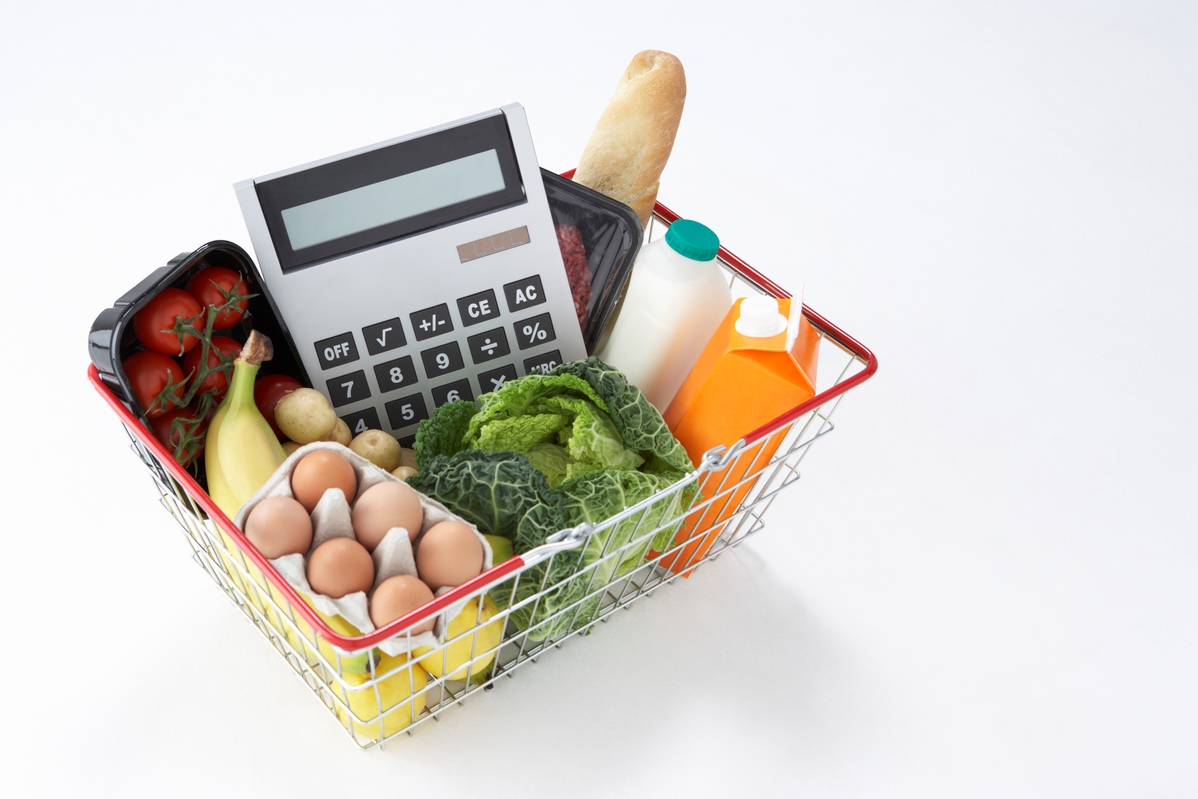When it comes to pricing menus, a lot of caterers are afraid they will price too high and chase clients away. The truth is you’re probably the only person who has an issue with your pricing. To calculate a fair profit margin for your catering business, there are three things you must understand first:
• prime cost
• menu mix, and
• WOW customer service
You can’t price your menu in a bubble, only considering food cost.
Prime cost is your total cost of goods sold (food and pour costs) plus your total labor cost, including taxes, benefits, and insurance. For caterers doing more than $850,000 a year in gross sales (the ring at the register before comps are taken out and not including sales taxes), your target prime cost is 55% or less. If your sales are lower, shoot for 60% or less. You can’t price your menu in a bubble, only considering food cost. You must also think about pour cost (also referred to as bar costs) and labor cost. With all of these numbers in mind, your pricing will depend on the type of business you have, the type of service you provide, the quality of your ingredients, and ultimately if your business runs a higher or lower labor cost. For example, you could run a 35% cost of goods sold and a 20% labor cost or vice versa. Really, you could run any combination just as long as your prime cost equals 55% or less and your pricing will be on target.
Menu mix is figuring out where your food cost should be, based on what your customers actually order. Understanding menu mix and its effects on your overall food cost is what allows you to sell a frozen high cost appetizer at a 38% food cost out of a box and into the fryer because you sell the living heck out of the bag of chips you add to boxed lunches at a 5% food cost. The ONLY way to know where your food cost should be based on what your customers order is to have the following information:
1. Up-to-date, accurate recipe costing cards for EVERY item you sell.
2. Your menu price for each item you sell, before any discounts are applied. We call this the gross sale price.
3. Your product mix from your point of sales system, often referred to as an item-by-item sales report, sales mix report or a velocity report. It’s just a listing of how many you sold of each item you sell.
Once you have all this data, you simply total up the product used and divide it by the gross sales. This will give you your ideal food cost, also known as theoretical food cost. This food cost calculation is based on if you ran a perfect kitchen, no waste, no theft, no spoilage. Although there is no such thing as a perfect kitchen, this number is critical to pricing your menu fairly. If you needed to hit a 25% food cost, give your team a target of 23% or less so they have some wiggle room.
By implementing a customer service training program, having managers who know how to run an event from back to front, you will be able to price yourself higher than anyone else in your market because you are that much better than everyone else in your market.
Customer service cannot be overlooked as a major factor. Let me give you a case in point. Here’s a client conundrum: You hire a local caterer for your child’s graduation. The caterer is late, the food is not hot, they didn’t bring enough utensils, and the on-site staff is not overly helpful. No matter how good the food is and even if the caterer gives you a discount, you paid too much.
Compare your client conundrum to an experience with a five-star caterer where they do everything for you, think of every possible thing that could be needed, and solve problems without you even knowing there were any. Instead of worrying about the food, you’re enjoying your party and the emotional moment behind it. At the end, all you can remember is you had the best time with the people at your party, and no matter the total amount of the ticket, it was worth every penny.

By implementing a customer service training program, having managers who know how to run an event from back to front, you will be able to price yourself higher than anyone else in your market because you are that much better than everyone else in your market. So, whether you like it or not, your customer service may have more to do with your pricing than your product costs.
You’re in business to make money. That means you have to sell enough to cover your ever-growing labor costs, rent, utilities, and a long list of other expenses. You cannot look at each item on its own. Instead you have to look at what your ideal food cost is and decide what kind of changes you can make to affect your bottom line.
So, when asked what is a fair profit margin, it’s complicated because it depends on your business. You have to take all your numbers into consideration, your style of business, and your guests’ expectations. Remove the fear and apply these formulas. If you do, you’ll land on the profit margin that is fair for your catering business.



